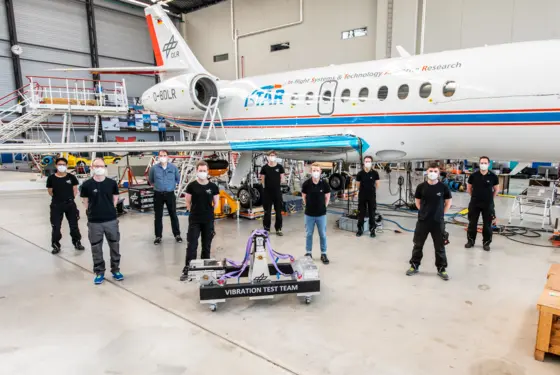It takes courage to approach things from a completely new perspective. We need to break with old ways of thinking to allow new ideas to emerge. We believe that questions like “What if...?” are at the heart of every innovation. At Kistler, we feel it is our responsibility to make processes transparent.
![What if [object Object]](https://kistler.cdn.celum.cloud/SAPCommerce_CMSHeading_1100x420/test-systems-from-kistler-50245.webp)
What if
measurement technology were to become a game changer?> 60
locations worldwide
2,200+
employees
9%
R&D investment
1959
year established
The Kistler Group is the global leader in dynamic measurement technology for pressure, force, torque and acceleration. As an innovation partner for industry, research and development, we enable our customers to achieve technological breakthroughs. In this way, we are making a decisive contribution to more efficient production processes and a more sustainable future.

![[object Object] [object Object]](https://kistler.cdn.celum.cloud/SAPCommerce_CMSTeaser_560x375/935-920.webp)


![[object Object] [object Object]](https://kistler.cdn.celum.cloud/SAPCommerce_CMSTeaser_560x375/sindelfingen-building_49321.webp)

![[object Object] [object Object]](https://kistler.cdn.celum.cloud/SAPCommerce_CMSTeaser_560x375/sustainability-germany_49327.webp)
![[object Object] [object Object]](https://kistler.cdn.celum.cloud/SAPCommerce_CMSTeaser_560x375/compliance_51408.webp)

![Kistler Short portrait [object Object]](https://kistler.cdn.celum.cloud/SAPCommerce_Document_Preview/961-949e.webp)
![Kistler Group Sustainability Report [object Object]](https://kistler.cdn.celum.cloud/SAPCommerce_Document_Preview/961-635e.webp)
![Code of Conduct for Suppliers to the Kistler Group [object Object]](https://kistler.cdn.celum.cloud/SAPCommerce_Document_Preview/961-624e.webp)
![Trademark list [object Object]](https://kistler.cdn.celum.cloud/SAPCommerce_Document_Preview/960-595e.webp)
![Kistler Virtual Patent Marking [object Object]](https://kistler.cdn.celum.cloud/SAPCommerce_Document_Preview/960-344e.webp)